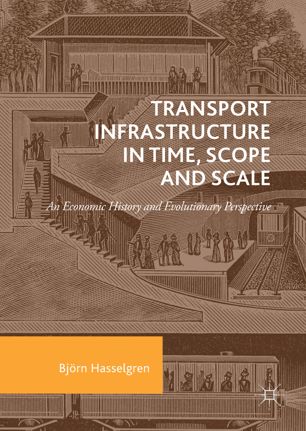

Most ebook files are in PDF format, so you can easily read them using various software such as Foxit Reader or directly on the Google Chrome browser.
Some ebook files are released by publishers in other formats such as .awz, .mobi, .epub, .fb2, etc. You may need to install specific software to read these formats on mobile/PC, such as Calibre.
Please read the tutorial at this link: https://ebookbell.com/faq
We offer FREE conversion to the popular formats you request; however, this may take some time. Therefore, right after payment, please email us, and we will try to provide the service as quickly as possible.
For some exceptional file formats or broken links (if any), please refrain from opening any disputes. Instead, email us first, and we will try to assist within a maximum of 6 hours.
EbookBell Team

4.1
90 reviewsThis book discusses the economics of transport infrastructure and the economic theorizing around transport infrastructure from 1850 to today. Transport infrastructure systems are continuously evolving over time. Since the mid-1800s these systems have grown in complexity and outreach. They have been important drivers of economic development but have also been important as economic agents in themselves. Over time transport infrastructure systems have taken on different functions as providers of simpler transport services or more developed value chain components. Transport infrastructure has also been a source for different arguments about economic theory and practice.
Transport infrastructure systems are analysed from an institutional perspective where the long-term development of the ownership and financing of the systems, as well as the connection to different policy areas are elaborated. A longitudinal study of Sweden’s transport infrastructure policy is used to exemplify driving factors causing change and transformation of the systems over time with different scale and scope.